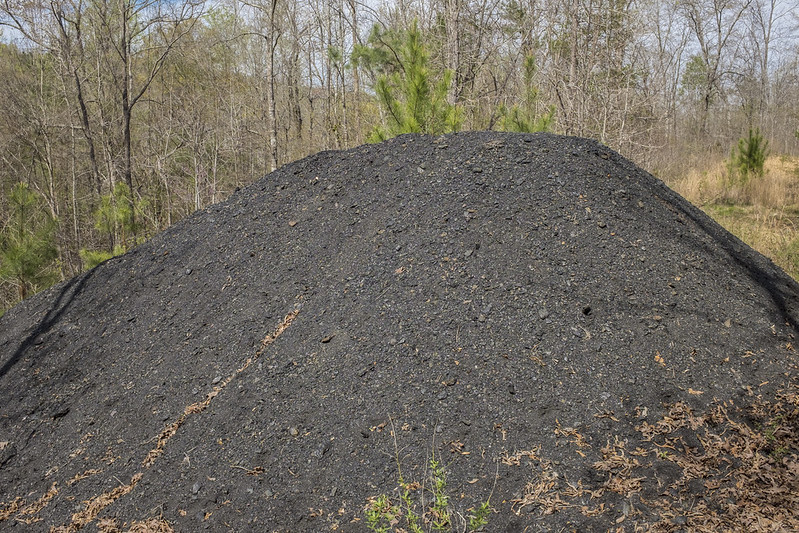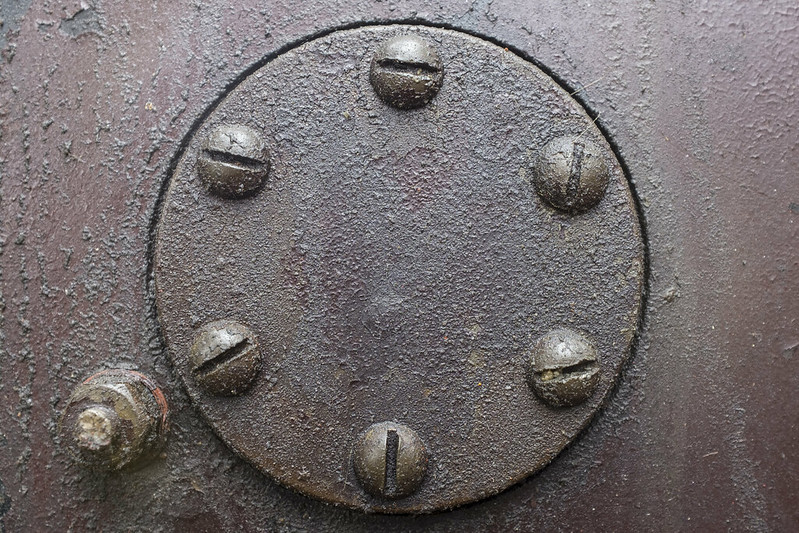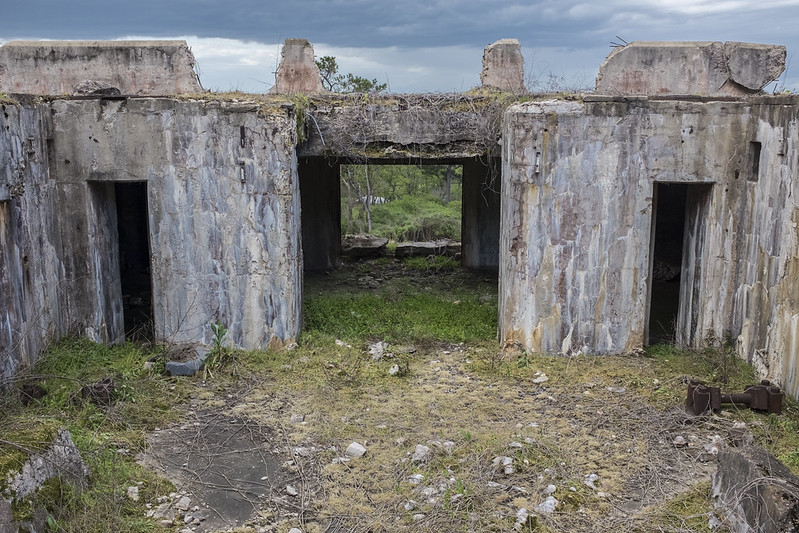I could find very little information on Elvira, aside from the fact that this mine did exist. I set out to find evidence of the mine.


A concrete foundation that once supported rails leading to the tipple just over the hill. I was probably very close to the old mine portal at this point.


A mound of coal refuse on the hill just above the concrete foundation. The mound looked like it had been placed there relatively recently. It was too well shaped and free of debris to have been left for over 70 years.


Remains of another structure further to the north, beyond the tipple and rail spur.

Map of Elvira area in 2015.

Map of Elvira area in 2018. Today, the Elvira area is being developed into a luxury home community. The homes cost more than I earn in 25 years, and the lower lying land has been flooded by damming Martin Brook. Thankfully, the Elvira Mine itself remains undisturbed, but signage indicates the area is owned by the Riverwoods development company.













































